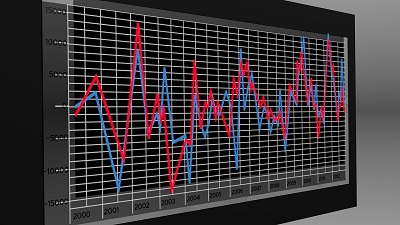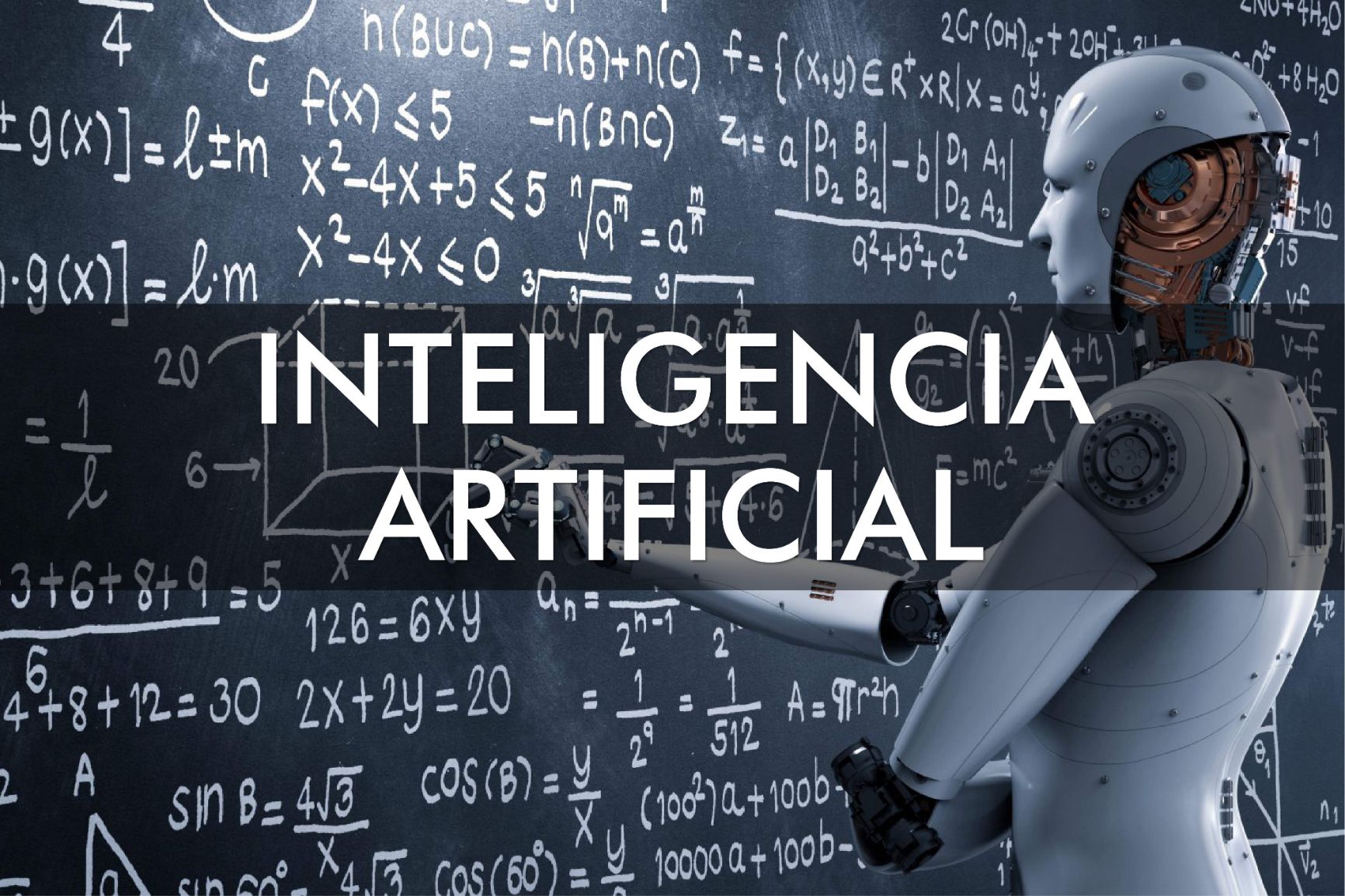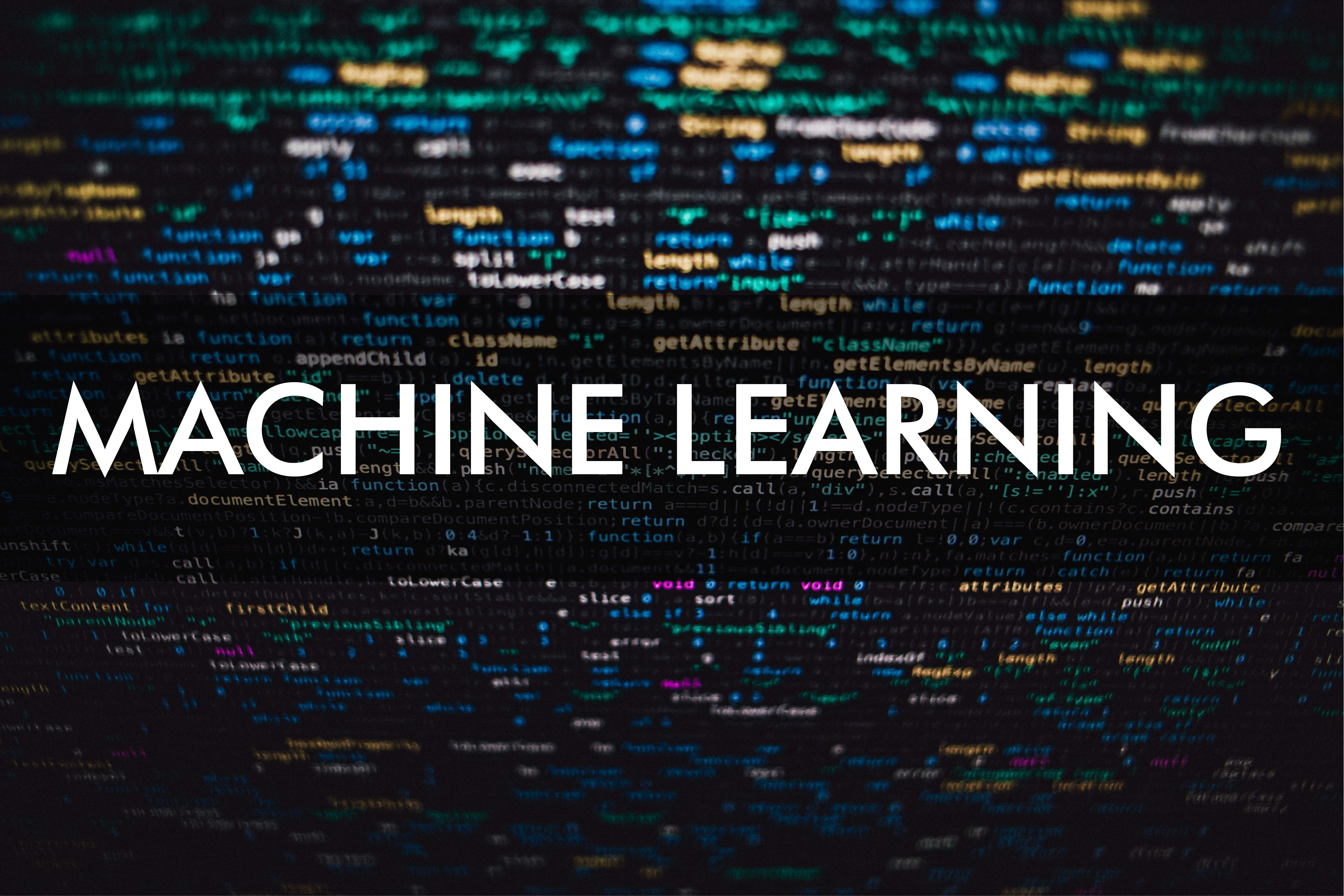Data analysis and decision-making in the times of Artificial Intelligence
The 2010s brought the rise of Artificial Intelligence (AI) and Machine Learning (ML), as well as the availability of "big data" (large amounts of real-time information of transactions, interactions with customers and suppliers, social networks and Internet of Things-enabled sensors). Despite this, in a survey of the firm Deloitte only 37% of the participants consider that their companies have a high level or maturity in the use of data to support decision-making.
For Deloitte, becoming a data-driven organization doesn’t just require infrastructure, data, and talent. It is necessary to develop a culture where important decisions are made based on data and analysis, and in which the will exists to act on ideas arising from them. Creating this culture depends on several factors, among which it stands out to educate employees, at all levels and in all functions, on the role of analytics in business decision-making.
A good starting point in this work is to have a framework that helps us understand the role of the various concepts and tools linked to the generation of information for decision-making, as well as the contribution of new tools such as AI and ML. Therefore, I share here some ideas to have an initial view of the topic.
Although in the past it has received other names, in recent years it is known as business analytics the process of using quantitative methods to analyze large volumes of data to generate knowledge that supports business decision-making. In a 2010 study, the Institute of Research of Operations and Sciences of Management defined three types of data analysis:
- Descriptive analytics. Using data to understand what happened or happened. The descriptive analysis prepares and analyzes historical data and identifies trends.
- Predictive analytics. Using data to find out what might happen in the future. Predictive analysis estimates future probabilities and trends.
- Prescriptive analysis. Using data to signal the best course of action in order to increase the chances of getting the best result.
Now let's look at each one of them, what their main tools are and the impact that new technologies have on them.

Image by Merlin Waldhör at Pixabay
Descriptive Analytics
Descriptive analytics answers questions like how much are we selling? What products and where? And do we sell more or less? did we make any money? In this way, an enterprise finds out what is going on, evaluates whether it met its goals and identifies trends that represent opportunities or problems. A suitable analogy is that of the captain of a ship, which requires knowing its location and the status of its ship, whether he is going on the route to its destination and whether he must correct speed or heading.
The main tool of descriptive analytics is business intelligence, a set of technologies, systems and procedures to systematically collect company information and present it, concisely and understandably, through the use of indicators, scorecards and dashboards. There is a whole industry that offers infrastructure, systems and consulting to implement business intelligence tools in all types and size of business, so its use is widespread.
The advent of Big Data and AI techniques, the Internet of Things, as well as the advancement of telecommunications, have impacted business intelligence tools on speed, depth and sophistication. Today's telecommunications collect real-time information from almost anywhere, Big Data tools process gigantic volumes of information, and ML techniques, such as clustering and classification, allow you to detect patterns and trends that previously were not feasible to find.

Predictive Analytics
Predictive analytics tries to answer questions like what is the probability that the price of the raw material we use will go up? How much can we expect to sale next year? What will the exchange rate will be? In this way, the company seeks an estimate of the probability of occurrence of future events or the value of some variable. In the analogy of the ship captain, to decide the course to take, it is important to know how the weather will be on the current route and where would we end if we take a certain course.
Having accurate predictions to support decision-making has always been a key issue for companies and governments. Therefore, throughout history, forecasting techniques have been the subject of extensive research efforts in probability and statistics, mathematics and, since the twentieth century, computing. Asa result, today powerful forecasting tools are used daily by engineers, economists and actuaries to forecast everything from sales of a product and the growth of the economy, to the probability of winning a football match.
The large volumes of data that can be processed with Big Data tools allows for higher reliability predictions. In addition, AI and ML techniques extract information from all kinds of sources, such as texts, web pages or social networks, and achieve surprising levels of accuracy in the forecasting of non-numeric variables. Therefore, ML tools are used to predict unsubscribes, credit card or insurance fraud, recurring customer purchases and other business processes.

Image by Gerd Altmann at Pixabay
Prescriptive Analytics
Prescriptive analytics suggests the way forward by answering questions like with which percentage of discount would we sell the most? How much inventory do we have to accumulate to protect against a price increase? Is it better to buy or rent a machine? In this case the company seeks to know what to do, know which action, among all the alternatives it has, has the greatest probability of achieving the best result. The ship's captain needs to know what's best, stay in course and face a storm, or make a detour and lengthen the journey.
The tools of prescriptive analytics, like optimization techniques, simulation and network analysis, are research subjects since the world war II. Specialized disciplines such as operations research and decision theory are studied at universities at the undergraduate, graduate and doctoral levels, and there are academic and professional organizations dedicated to researching and exchanging knowledge on the subject. Complex prescriptive analytics systems allow for real-time air fares update, management of large transport networks, or process scheduling of a petrochemical plant.
Today's telecommunications networks, the availability of Big Data and new AI and ML techniques, such as deep neural networks or reinforcement learning, make possible the implementation of much more complex optimization and simulation models, as well as the use of algorithms that before it was not feasible to implement. This opens new possibilities that are beginning to be exploited in all kinds of industries.
Deloitte's survey notes that companies with a data-driven culture manage to significantly exceed their goals in a proportion (48%) that is more than double than the percentage of companies without this culture that outperformed their targets (22%). This means that the systematic use of data for decision-making will be a differentiating element of successful companies. A clear idea of the tools and possibilities offered by todays’ communication networks, AI and Big Data, to improve a company's decisions will be a competitive advantage and will increase the odds of meeting our goals.
Did you enjoy this post? Read another of our posts here.



